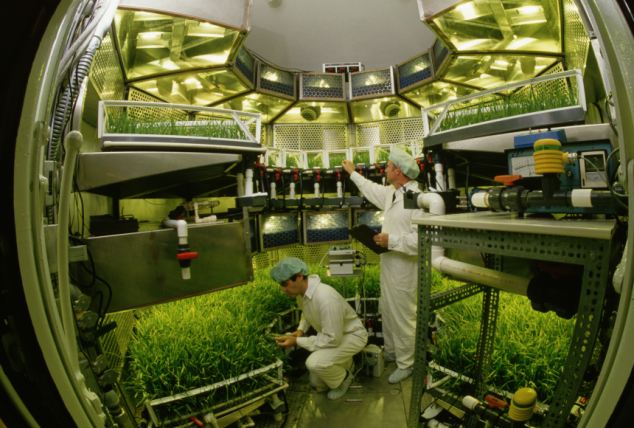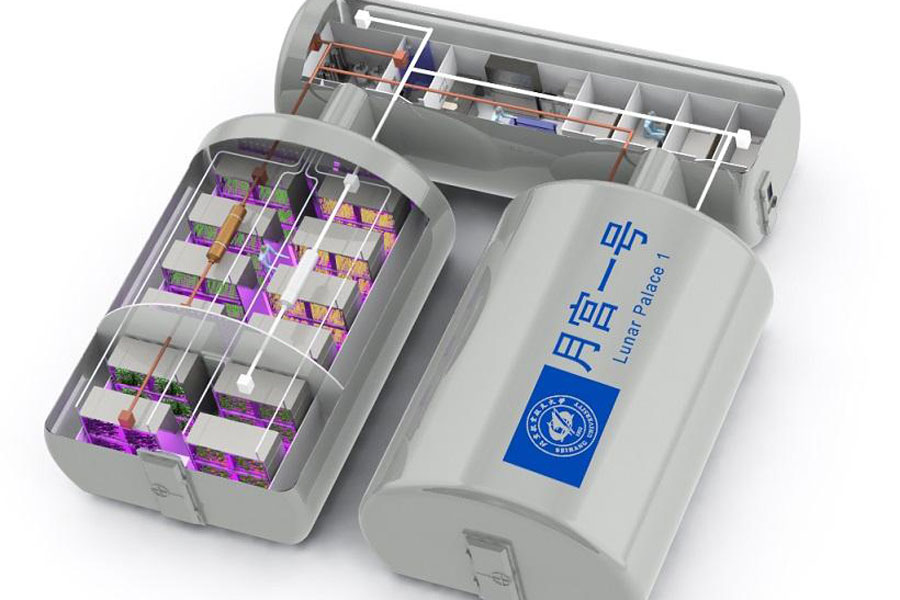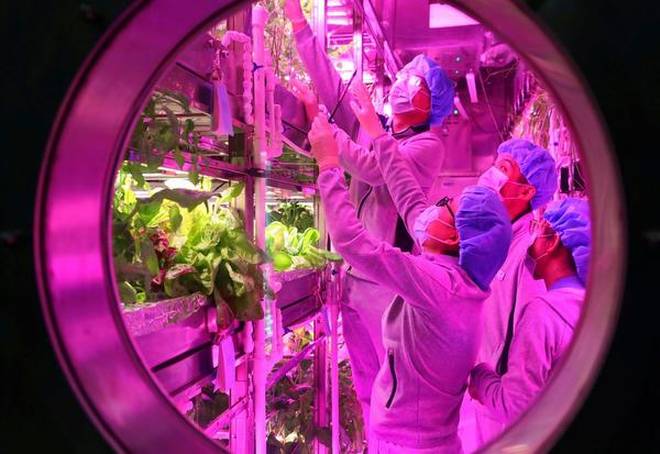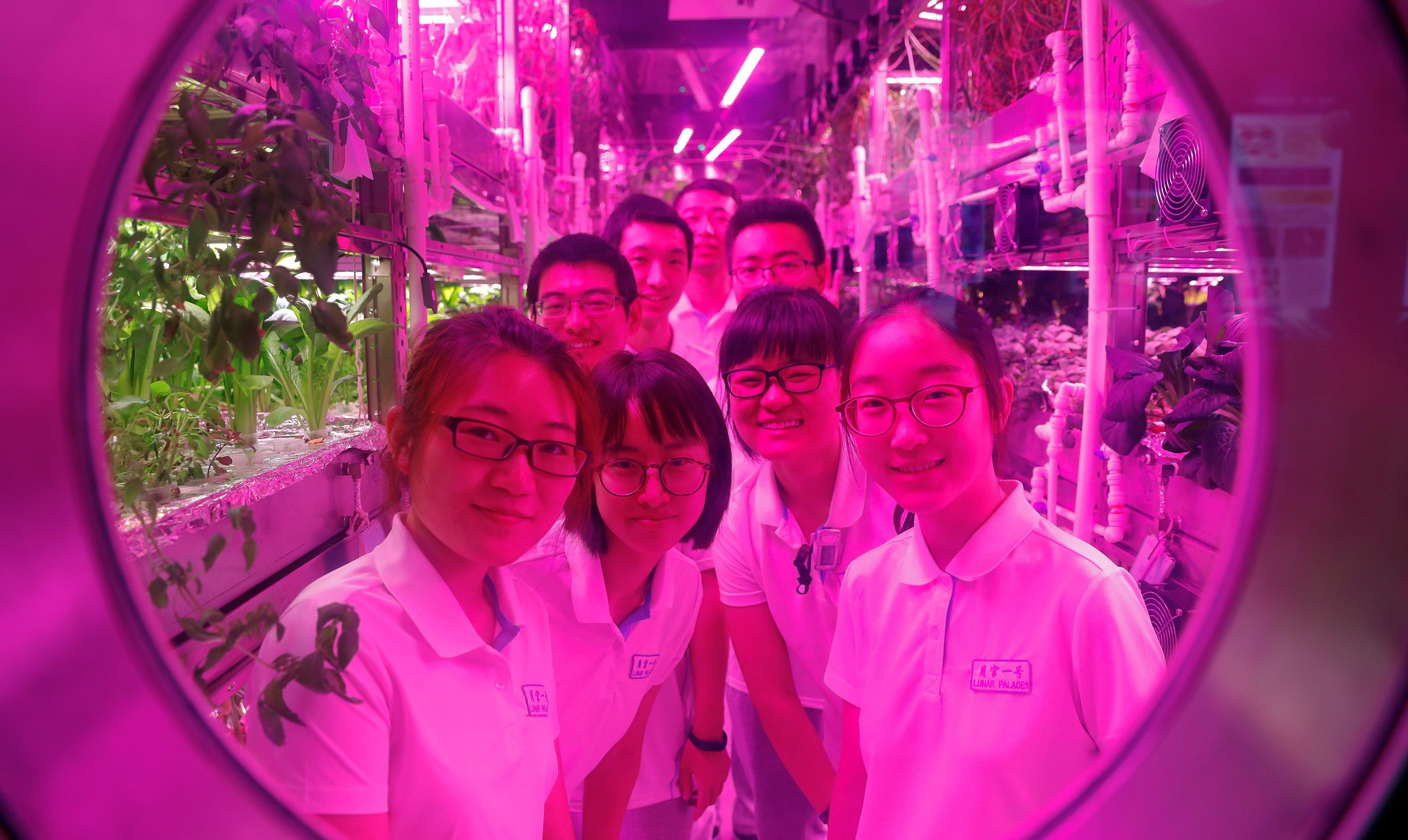© 2000-2023 - Enkey Magazine - All rights reserved
ENKEY SNC - VAT ID IT03202450924 / REA Code CA253701 - Phone. 078162719
 The experiments made on the planet Earth with the purpose to understand the functioning of the life outside the terrestrial atmosphere are many. Missions that have the purpose to evaluate how a small group of astronauts will react to spend months or years on the surface of an alien planet, without helps and having to deal with many adversities. Therefore, they are trying to understand how to cultivate, breed, live, with the purpose to recreate a real colony, transforming the human race in a multiplanetary species. The experiment that we are talking about is the Yuegong-1, made in Beijing, which recreates the life’s conditions of a lunar colony.
The experiments made on the planet Earth with the purpose to understand the functioning of the life outside the terrestrial atmosphere are many. Missions that have the purpose to evaluate how a small group of astronauts will react to spend months or years on the surface of an alien planet, without helps and having to deal with many adversities. Therefore, they are trying to understand how to cultivate, breed, live, with the purpose to recreate a real colony, transforming the human race in a multiplanetary species. The experiment that we are talking about is the Yuegong-1, made in Beijing, which recreates the life’s conditions of a lunar colony.
The lunar palace
 The Yuegong of Beijing, even called “Lunar palace”, is been realized by Liu Hong of the university of aeronautic and astronautic of Beijing, with the purpose to create an environment where simulate long time missions in the space. The lunar palace has a surface of around 150 meters square, with 58 meters square of green house, divided in 2 cabins, 42 meters square of living area, with 3 bedrooms, dining room, bathroom and storeroom, and the rest it is for the laboratories and the offices. The Yuegong is an independent Bioregenerative life support system, populated by humans, animals, plants and micro-organisms. In the world it is the third of its kind and the first one in China. The food for the team comes in part from the harvests and in part from supplies stored in the storeroom at the beginning of the mission. The water for every needs is completely recycled inside the structure without external helps. The oxygen is regenerated through the green house’s vegetation. And finally, organic wastes and human excrements are used as fertilizing. Everything to guarantee a complete autonomy and a total isolation from the rest of the world, exactly like if they are far away from the planet.
The Yuegong of Beijing, even called “Lunar palace”, is been realized by Liu Hong of the university of aeronautic and astronautic of Beijing, with the purpose to create an environment where simulate long time missions in the space. The lunar palace has a surface of around 150 meters square, with 58 meters square of green house, divided in 2 cabins, 42 meters square of living area, with 3 bedrooms, dining room, bathroom and storeroom, and the rest it is for the laboratories and the offices. The Yuegong is an independent Bioregenerative life support system, populated by humans, animals, plants and micro-organisms. In the world it is the third of its kind and the first one in China. The food for the team comes in part from the harvests and in part from supplies stored in the storeroom at the beginning of the mission. The water for every needs is completely recycled inside the structure without external helps. The oxygen is regenerated through the green house’s vegetation. And finally, organic wastes and human excrements are used as fertilizing. Everything to guarantee a complete autonomy and a total isolation from the rest of the world, exactly like if they are far away from the planet.
The first mission of Yuegong
The first mission that saw as protagonist the structure of Yuegong-1 happened in the 2014, when a team of three persons, two men and one woman, stayed in the lunar palace for 105 days. In this period of time, in the total isolation, they were able to grow five kinds of cereals (wheat, corn, soya, lentils and peanut), fifteen kinds of vegetables, like carrots, cucumbers, spinach, etc, and a kind of fruit, the strawberries. Furthermore, stored in the storeroom they had meat and supplies to use next to the harvest, enough for the whole period of the experiment. Beside the stored meat, though, there was other meat produced inside the lunar palace, thanks to the breed of the mealworms. The mission was useful to experiment the controlled life support system of the chinese spacial station.
The record mission
The mission that, though, signs the success of the Yuegong-1 is the one that saw involved in it the students of the university of Beijing, of the chinese spacial program for the construction of a permanent base on the Moon’s surface. The experiment was one year and five days long, during which the students lived in the lunar palace isolated from the rest of the world, like in a real spacial colony. The volunteers’ groups, always composed by four students, two male and two female, did shifts of around 100 days each. And in this case, the whole need of water, oxygen and food is been made or recycled inside the structure. The experiment, with its 370 days, signs the world record of permanence inside a bioregenerative life support. Now, at the end of the experiment, they are studying all the collected datas, to evaluate the physical and mental conditions of the volunteers and the conditions of the machines and the instruments used during the mission. Wang Yun, engineer, explains that “The program is important for what we are doing to allowing long time stay outside the Earth. Without those experiments will be impossible to have the experience, the technology and the knowledge needed to the long time human spacial exploration”.
This post is also available in:
 Italiano
Italiano



